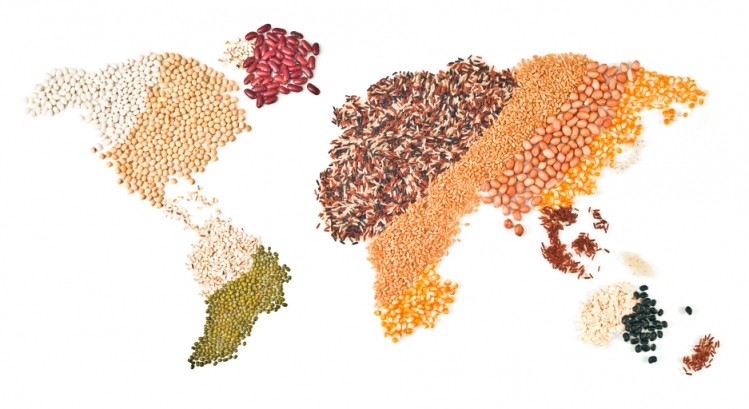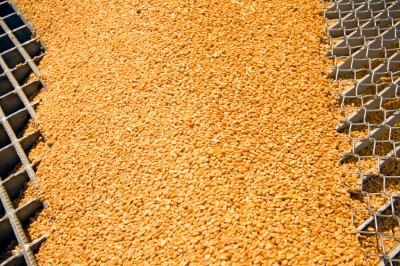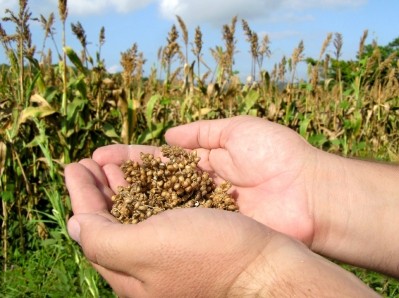Special Edition: Grain market developments
High expectation for US soy crop, IGC predicts strong growth in feed wheat use

“It is forecasting a record US soy crop. Yields were probably in line with expectations but are well above the previous record,” Nathan Kemp, senior economist, International Grains Council (IGC), told us yesterday.
Wednesday’s WASDE report put global soybean production at a record 333.2m tons, up 2.8m with higher forecasts for the US then as well as Brazil, and Canada partly offset by a reduction for Russia.
It predicted that Brazil’s soybean production will come in at a record 102m tons, reflecting the most recent survey from Brazilian agency, Companhia Nacional de Abastecimento (CONAB).
Meanwhile, the USDA has forecast lower US corn production, based on a reduction in yields. It said it was increasing estimates, though, for Brazil corn production, again based on the latest CONAB report indicating a forecast level of first crop corn area above prior expectations. The US agency lowered corn and barley production for the EU.
Strong growth in feed grain consumption
The IGC latest grain market report, published 29 September, predicted world grain consumption will surpass 2bn tons for only the second time, led by strong growth in feed use.
Given heavy supplies, much of the expansion in global feeding - over 34m tons - will be for maize, said the Council.
“However, we also see a relatively high quantify of feed wheat available; there has been a very large wheat crop, and quality problems in the EU, particularly in France, as well as in Canada and Australia, so there are unusually large quantities of low or medium grade wheat,” said Kemp.
The Council forecasts feed wheat use of 6m tons up on last year, which would translate as a 4% increase.
“The price spread is a good indicator of buying patterns, and it shows the availability of high protein wheat is tighter now,” said Kemp.
Demand for feed wheat currently is strong in South East Asian countries like South Korea, Thailand, and the Philippines, which was in the market for low grade wheat this week, he said.
US is also expected to use slighter higher quantities of feed wheat this season, as well as China, added Kemp.
Sorghum and barley
The IGC said other feed grains will need to stay competitively priced to capture any demand, due to global maize stocks and this season’s unusually large availabilities of low and medium grade wheat.
It anticipates reduced imports of sorghum and barley by China. Since 2013, Chinese farmers had been relying on imported sorghum and other grains as alternatives to the more costly corn for animal feed.
“But the price of maize is down in China by 25% year on year (YOY) with the shift away from support price policy by the government there, the large stocks, and prices now exposed to supply and demand market forces.
“That is not to say China won’t still import any maize, particularly if there is a price advantage to be gained buying, for example, under its TRQ – it had been mainly buying from Ukraine in recent years. And maize production in China has been hit by bad weather.
“Also, some producers, who have formulated their rations based on sorghum and barley, might still import those grains as they had got used to working with them,” said Kemp.
In terms of global grain prices, the IGC economist said wheat is down around 10% YOY, the ample world supplies causing the downward pressure on prices. Average maize prices are up due to higher quotes from Brazilian origins. Brazil is normally a very competitive supplier but prices there are currently very high, he said. And soy prices globally are up marginally on last year, added Kemp.










